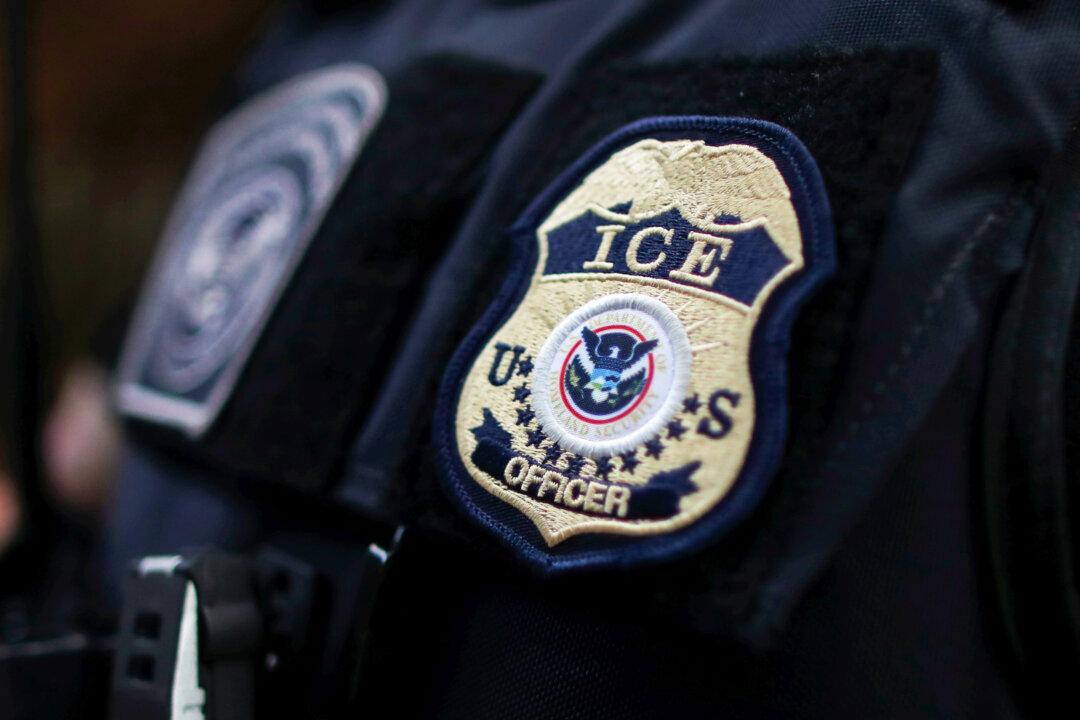More than 134,000 cancer cases in the United States went undiagnosed as people stayed home due to a nationwide lockdown during the first 10 months of the COVID-19 pandemic, according to a new study.
The cross-sectional analysis, published in JAMA Oncology on Feb. 22, found that observed rates of cancer incidence in the United States were 13 percent lower during the first 10 months of the pandemic.





